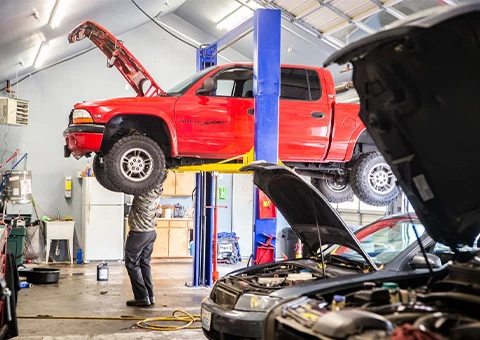Caster Solutions for Efficient Handling of Heavy Machinery and Equipment
Choosing the Right Casters for Moving Heavy Equipment
When it comes to moving heavy equipment, the right casters play a pivotal role in ensuring efficiency, safety, and ease of mobility. Heavy equipment, whether in a warehouse, workshop, or construction site, often requires robust support and facilitates maneuverability in tight spaces. In this article, we will explore the various types of casters and considerations for selecting the best ones for moving heavy loads.
Understanding Casters
Casters are wheeled devices attached to the bottom of heavy equipment, allowing it to be moved easily. They come in various designs, materials, and sizes, making them suitable for different applications. The primary types of casters include fixed, swivel, and locking casters. Fixed casters only move in a straight line, while swivel casters can pivot, providing greater maneuverability. Locking casters can be secured in place, preventing unwanted movement when stability is essential.
Weight Capacity
One of the first factors to consider when choosing casters for heavy equipment is weight capacity. Each caster is rated for a specific load, and it’s crucial to select casters that can handle the weight of your equipment plus any additional load that may be applied during movement. A general rule of thumb is to choose casters that can support at least 25% more than the total weight of the equipment to ensure safety and durability.
Material Considerations
casters for moving heavy equipment

The material of the caster affects its performance, durability, and ease of use. Common materials include rubber, polyurethane, and nylon. Rubber casters are known for their shock-absorbing qualities and are ideal for indoor use on smooth floors. Polyurethane casters combine durability and maneuverability, making them suitable for various terrains. For extremely heavy loads, steel or metal casters are often employed, providing exceptional strength and stability.
Wheel Size and Design
The size of the caster wheel also plays a significant role in moving heavy equipment. Larger wheels roll more easily over surfaces and minimize the effort required to move loads, particularly on uneven surfaces. For indoor applications, where surfaces are typically smoother, smaller wheels may suffice. However, for outdoor use or in situations where the equipment must navigate rough terrain, larger, wider wheels are preferable.
Braking Options
When moving heavy equipment, having the right braking mechanisms is essential for safety. Locking casters provide added stability when the equipment is stationary, preventing it from rolling away. Consider models with a simple foot-operated locking mechanism for convenience, especially in fast-paced environments.
Conclusion
Investing in the right casters for moving heavy equipment can significantly improve operational efficiency and safety. By considering weight capacity, material, wheel size, and braking options, you can select casters that effectively meet the demands of your specific application. Whether you’re moving machinery in a factory, furniture in a warehouse, or equipment on a construction site, taking the time to choose the right casters will enhance mobility, ease of use, and reduce the risk of accidents. Remember, the correct casters are not just an accessory; they are a vital component in ensuring that heavy equipment moves smoothly and safely.
-
Unlock Seamless Relocation with Our Heavy Equipment Moving ExpertiseNewsJun.06,2025
-
Unleash Unrivaled Flexibility with Our Adjustable Gantry CraneNewsJun.06,2025
-
Unleash Heavy-Duty Efficiency with Our Industrial Gantry Crane SolutionsNewsJun.06,2025
-
Revolutionize Steel Handling with Our Magnetic Lifter RangeNewsJun.06,2025
-
Master Equipment Mobility with Premium Machinery Mover SolutionsNewsJun.06,2025
-
Elevate Your Material Handling with Magnetic Lifter TechnologyNewsJun.06,2025
-
YS Permanent Lifting Magnets: The Smarter Way to Handle SteelNewsMay.22,2025
